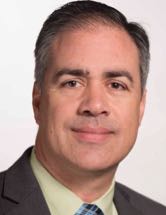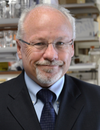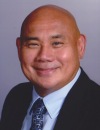07:30 | Breakfast in the Exhibit Hall, View Posters and Networking |
08:00 | Breakfast Briefing: The Patent Landscape of Precision Medicine in the USA: How Recent Court Decisions Will Affect this Rapidly Growing Field
Jorge Goldstein, Senior Director, Sterne Kessler Goldstein and Fox PLLC, United States of America
There have been dramatic legal changes in the USA on the patent eligibility of natural correlations (where a patent claim is drawn to a genetic diagnostic method of determining propensity to disease) and on the concept of "split infringement" (where two different parties, such as a clinical lab and a physician, each carry out one of a two-step patented process, such as detecting a mutation and then administering a personalized drug). These legal changes have led to severe problems with the patent protection and enforcement of precision medicine methods. We will discuss these legal developments and propose solutions. |
|
Session Title: Exosomes and Extracellular Vesicles (EVs) -- Potential as Circulating Biomarkers for Liquid Biopsy Development |
| |
|
Session Chairman: David Wong, Ph.D. |
| |
08:30 |  | Keynote Presentation ExoScreen as a Novel Liquid Biopsy Platform for Detecting Cancer-Specific Exosomes
Takahiro Ochiya, Professor, Department of Molecular and Cellular Medicine, Tokyo Medical University, Japan
A highly sensitive and rapid analytical technique for profiling circulating EVs/exosomes directly from blood samples of patients has also been established that uses two types of antibodies to capture two specific antigens residing on EVs and can be detected by photosensitizer beads. Using this system, higher signal detecting CD147 and CD9 double-positive EVs were observed in serum from colorectal cancer (CRC) patients compared with that in serum from healthy donors. A part of sera from CRC patients including stage I and II were positive for CD147, although both CEA and CA19-9 positive serum could not be found in those patients. On the basis of these results, this new ExoScreen technology may enable the effective diagnosis of cancer. |
|
09:00 | 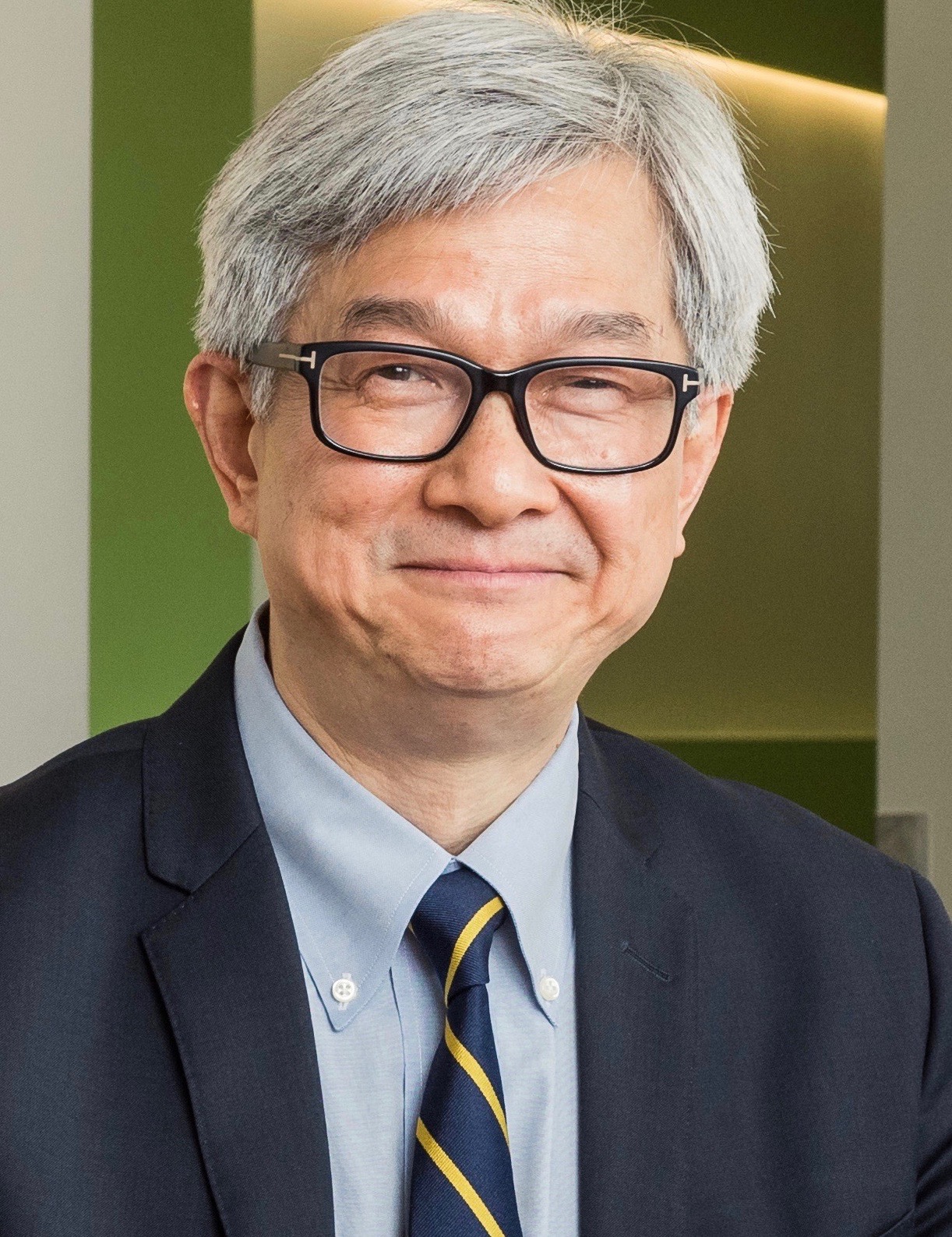 | Keynote Presentation EFIRM Liquid Biopsy (eLB)
David Wong, Felix and Mildred Yip Endowed Chair in Dentistry; Director for UCLA Center for Oral/Head & Neck Oncology Research, University of California-Los Angeles, United States of America
The advent of personalized medicine employing molecular targeted therapies has markedly changed the treatment of cancer in the past 10 years. Although tumor tissue biopsy-based genotyping is the current clinical practice for guiding clinical management, biopsy procedures can result in significant morbidity, limiting sampling to static snapshots which are further limited in scope by the inherent sampling bias of the analysis itself. To overcome these issues, technologies are needed for rapid, cost-effective, and noninvasive identification of biomarkers at various time points during the course of disease. Liquid biopsy is a rapidly emerging field to address this unmet clinical need as diagnostics based on cell-free circulating tumor DNA (ctDNA) can be a surrogate for the entire tumor genome. The use of ctDNA via liquid biopsy will facilitate analysis of tumor genomics that is urgently needed for molecular targeted therapy. Currently, most targeted approaches are based on PCR and/or next generation sequencing (NGS) for liquid biopsy applications with performance concordance in the 60-80% range with biopsy-based genotyping. We have developed a liquid biopsy technology “Electric Field Induced Release and Measurement (EFIRM)- Liquid Biopsy (eLB)” provides the most accurate detection that can assist clinical treatment decisions for the most common subtype of lung cancer, non-small cell lung cancer (NSCLC), with tyrosine kinase inhibitors (TKI) that can extend the disease progress free survival period of these patients. eLB detects actionable EGFR mutations in NSCLC patients with 100% concordance with biopsy-based genotyping and outperforms current technologies (digital droplet PCR [ddPCR] and NGS) for liquid biopsy. eLB is minimally/ non-invasive, rapid, inexpensive and self-contained permitting the detection of the most common EGFR gene mutations that are treatable with TKI such as Gefitinib or Erlotinib to effectively extend the progression free survival of lung cancer p |
|
09:30 |  | Keynote Presentation Rare Cell Diagnostics
Daniel Chiu, A. Bruce Montgomery Professor of Chemistry, University of Washington, United States of America
This presentation will describe advances we have made with the eDAR platform for the isolation of rare cells, with emphasis on employing eDAR for the analysis of circulating tumor cells. |
|
10:00 |  | Keynote Presentation Limitations and Challenges in MicroGenomics -- What we can Learn from Single-Cell and Exosome Expression Profiling
Michael Pfaffl, Professor, Technical University of Munich, Germany
So far quantitative real-time RT-PCR is the ‘Gold standard’ in molecular and clinical diagnostics, due to its high sensitivity, good reproducibility, and the wide dynamic quantification range. It is the most sensitive method for the quantification of mRNA/microRNA expression levels, in particular for extreme low abundant transcripts in tissue samples or liquid biopsies with limited RNA concentrations, e.g. single-cells, microvesicles or exosomes. Today the identification of novel and valid ‘biomarker signatures’ are in the focus. Therefore RNA Sequencing is increasingly used in experimental and clinical samples, to get the ‘holistic view’ on the mRNA and small RNA transcriptome. |
|
10:30 | Coffee and Tea Break and Networking in the Exhibit Hall |
11:15 | Tumor Exosomes in Organotropic Metastasis
Tang-Long Shen, Professor, National Taiwan University, Taiwan
As proposed by Stephen Paget in 1889, the “ seed and soil” hypothesis implicates an organotropic metastasis in cancers. To resolve the specificity of organotropism, we have determined that tumor exosomal integrins are key determinants for guiding organotropic targeting and the sequential Src phosphorylation and pro-inflammatory S100 gene expression happens in the recipient cell. Therefore, a pre-metastatic niche is created for subsequent cancer metastasis. Blocking of exosomal integrins, such as a6ß4 and a6ß1 were associated with lung metastasis, impaired lung metastasis. Together, these data indicate tumor exosomes may be used for prediction and therapeutic targets of cancer metastasis. |
11:45 | From Sample to Insight: Integrated Solutions for Liquid Biopsy – Rapid Isolation of Exosomes, Other Extracellular Vesicles and Vesicular RNA
Martin Schlumpberger, Associate Director, Scientific Applications, QIAGEN, Germany
Liquid Biopsy has the potential to transform healthcare and biomedical research. The presentation will give an overview on QIAGEN’s approach to provide integrated solutions for isolation of circulating biomarkers and their analysis in research and diagnostic applications. For isolation and analysis of exosomal RNA and other exosomal content a new affinity-based spin column procedure is presented. It allows separation of vesicular RNA (incl. intact mRNA transcripts and miRNA) from non-vesicular RNA. The same approach can also be applied to rapid isolation of intact exosomes and other extracellular vesicles (EVs) for physical characterization, analysis of vesicular proteins, and functional studies.
|
12:15 | Taiwanese-Style Buffet Lunch and Networking |
13:00 |  Technology Spotlight: Technology Spotlight:
Application of SEC and TRPS in isolation and quantification of EVs
Ian Yan, Application Scientist, iZON Science Ltd.
Accurate concentration, size and charge of exosome in biological fluid have been analysized by using size-exclusion chromatography (SEC) and tunable resistive pulse sensing (TRPS) technology.
|
|
Session Title: Circulating Cell-Free DNA (cfDNA) for Developing Liquid Biopsies -- Technologies and Approaches |
| |
13:30 |  | Keynote Presentation Multiplexed Detection of Circulating Tumor DNA using Microfluidic Surface Plasmon Resonance (SPR) Sensormetry
Sehyun Shin, Professor & Director, Nano-Biofluignostic Engineering Research Center, Korea University and Anam/Guro Hospital of Korea University, Korea South
Circulating tumor DNA (ctDNA) has been demonstrated as the most promising biomarker for non-invasive assessment of cancer as well as the most accurate predictor of cancer treatment responses. However, detection of ctDNA in blood has been faced with conventional technical limits and called for innovative technologies and methods.
Here, we present a stable and selective assay for multiplexing detection of epidermal growth factor receptor (EGFR) mutation of most common mutations in plasma using DNA-DNA hybridization and selective linker prove with a lab-made surface plasmon resonance (SPR) sensometry. We prepared wild type and mutant templates of E746-A750 deletion in exon 19. Linker DNAs coated on a sensor surface of SPR capture different quantities of two different DNA types. Due to characteristics of SPR, the whole process was monitored in real-time and completed within an hour. Quantification data of SPR was compared with result of peptide nucleic acid (PNA) – locked nucleic acid (LNA) clamping PCR method for EGFR mutation detection. This study as a proof of concept can be further expanded into multiplexing detection of major and known ctDNAs, which could provide a solution for clinical unmet needs in cancer treatment and early detection. |
|
14:00 | Paper-based Devices for Isolation and Characterization of Extracellular Vesicles and Clinical Applications
Chao-Min Cheng, Associate Professor, National Tsing Hua University, Taiwan
We have developed a paper-based immunoaffinity platform for separating subgroups of EVs that is easy, efficient, and requires sample volumes as low as 10 µL. Biological samples can be pipetted directly onto paper test zones that have been chemically modified with capture molecules that have high affinity to specific EV surface markers. We have validated the assay by using different approaches such as scanning electron microscopy (SEM), paper-based enzyme-linked immunosorbent assays (P-ELISA), and transcriptome analysis. These paper-based devices would enable the study of EVs in the clinic, what we will mention in the talk as well, and the research setting to help advance our understanding of EV functions in health and disease. |
14:30 |  | Keynote Presentation The Amoeboid Tumor Phenotype and Mechanisms of Tumor Migration and Conditioning of the Tumor Microenvironment
Michael Freeman, Vice Chair of Research, Director, Cancer Biology and Therapeutics, Cedars-Sinai Medical Center, United States of America
|
|
15:00 | Coffee and Tea Break -- Networking with the Exhibitors |
15:30 | The Journey to Human Follicular Maturation: The Story as told by Exosomes
Shlomit Kenigsberg, Senior Researcher, Create Fertility Centre, Canada
Extracellular vesicles (EVs), including exosomes (60-180nm), are actively secreted by cells and tissues and have been described and characterized in all body fluids tested so far, including semen, CSF, synovial fluid, etc. They contain distinct subsets of DNA, RNAs, proteins and lipids, and are ideal non-invasive diagnostic biomarkers because they represent cell-derived signals. Follicular fluid (FF) provides part of the microenvironment that regulates oocyte development and thus, may play a critical role in oocyte fertilization and embryo development. Intercellular signaling between granulosa cells (GLC), cumulus cells (CM), and the oocyte is required for proper folliculogenesis, ovulation, and hormonal secretion. These signals can be mediated by extracellular vesicles (EVs), such as exosomes. We applied multiple approaches to isolate and characterize and visualized EVs in FF (FFEs), that will be discuss in my talk. I will also discuss their potential as biomarkers for ovarian reserve and egg quality. |
16:00 | 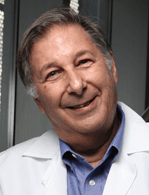 | Keynote Presentation Closing Keynote: Multiplex Detection of Extremely Rare Mutant Sequences Associated with Cancer
Fred Kramer, Professor of Microbiology, Biochemistry & Molecular Genetics, New Jersey Medical School Rutgers University, United States of America
Extraordinarily specific “SuperSelective” PCR primers enable the simultaneous quantitation of extremely rare mutations that occur in different cells, even though they are located within the same or adjacent codons. Consequently, multiplex assays for the early detection of mutations associated with cancer should enable therapy to be guided by the results of periodic “liquid biopsies” that analyze DNA fragments present in plasma samples. |
|
17:00 | Close of Conference |

